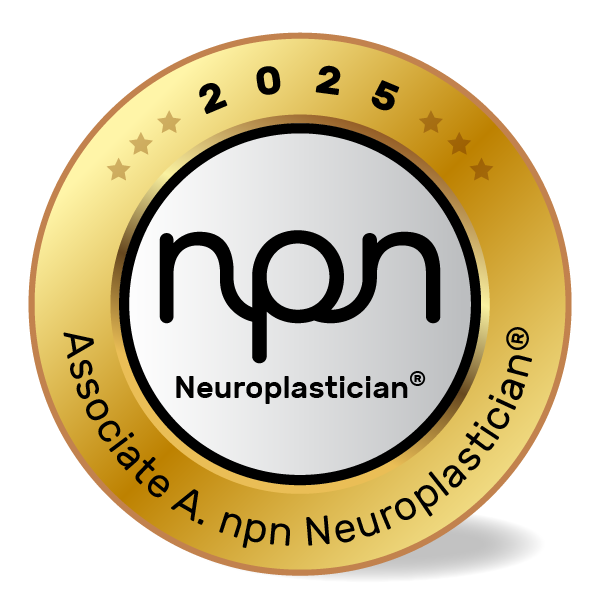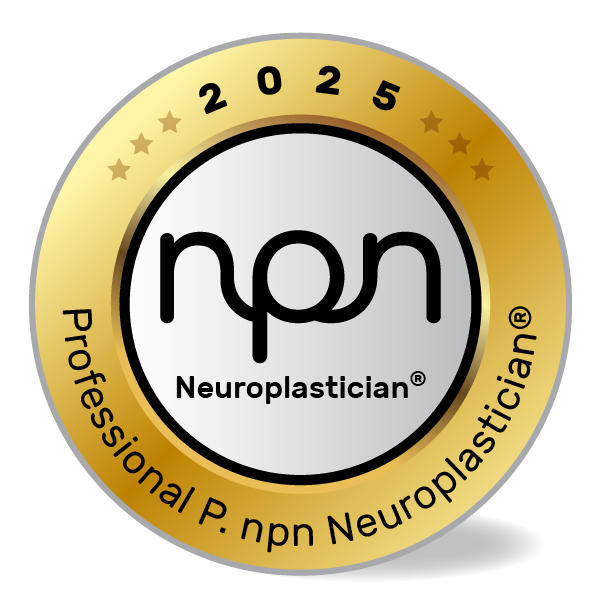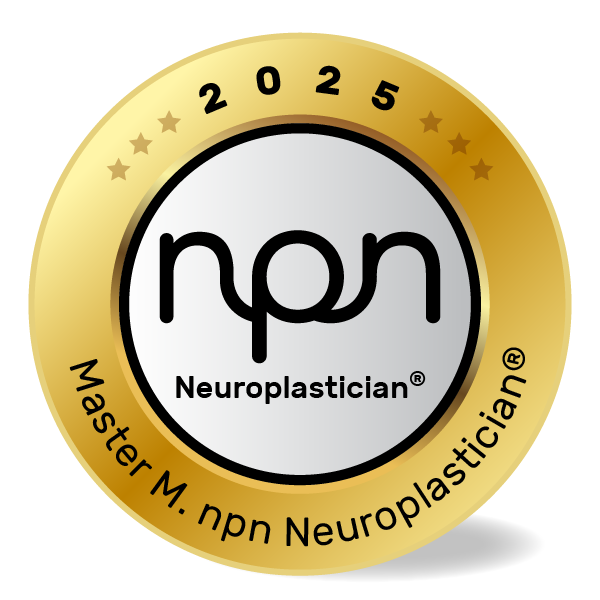How Conscious Breathing Rewires the Brain for Calm, Clarity, and Cognitive Growth
npnHub Editorial Member: Dr Justin Kennedy curated this blog
Key Points
- Breathwork directly influences neuroplasticity by regulating the autonomic nervous system and stress response.
- Slow, deep breathing activates the vagus nerve and shifts brain function toward enhanced emotional regulation and learning.
- Mindful breathing improves prefrontal cortex performance and supports neural rewiring in anxiety, ADHD, and trauma.
- Neuroscience practitioners can use breath-based interventions to enhance outcomes in coaching, education, and therapy.
- Research links breath control with enhanced cognitive flexibility and neurogenic activity in key brain regions.
1. What is the Power of Breath in Neuroplasticity?
At a workshop for executive resilience, a neuroscience coach guided participants through a five-minute breathing session. One CEO, initially skeptical, remarked how his racing mind suddenly slowed. He described being able to access solutions to problems that felt stuck just moments before.
This isn’t a miraculous transformation – it’s an example of how breathwork taps directly into the brain’s plastic potential.
Breath is the only autonomic function we can consciously control. When harnessed intentionally, it becomes a powerful tool to calm the nervous system, shift emotional states, and optimize brain function. Studies from Stanford University’s Huberman Lab demonstrate how specific breathing patterns modulate brain arousal levels and cognitive states by activating the prefrontal cortex and dampening amygdala hyperactivity (Huberman Lab, 2021).
Research published in Frontiers in Human Neuroscience shows that conscious breathing enhances cortical thickness and increases gamma coherence – both of which are associated with improved neuroplasticity and learning (Source).
2. The Neuroscience of Breath and Neuroplasticity
During a session with an anxious teenage client, a mindfulness coach introduced diaphragmatic breathing. Over a few weeks, the teen reported fewer panic attacks, better sleep, and improved concentration in school. As she practiced daily, her emotional resilience increased noticeably.
This story illustrates how intentional breathing activates key neural circuits that promote calm and adaptive learning.
Breath directly engages the vagus nerve – a major communication line between the brain and body. Stimulation of this nerve through slow, rhythmic breathing enhances parasympathetic activity and reduces sympathetic arousal. This shift is critical for neuroplastic change, as the brain is most receptive to new information and rewiring in states of calm alertness.
Functional MRI studies show that slow breathing increases connectivity between the insula (interoception), anterior cingulate cortex (emotional regulation), and prefrontal cortex (executive function), while decreasing amygdala reactivity (Source).
Neurotransmitters like GABA (gamma-aminobutyric acid) are also modulated through breathwork, enhancing inhibition and reducing anxiety – creating ideal conditions for plasticity to thrive.
3. What Neuroscience Practitioners, Neuroplasticians and Well-being Professionals Should Know About Breath and Neuroplasticity
In a neuroplasticity-informed classroom, a teacher begins each session with two minutes of box breathing. One student, diagnosed with ADHD, begins to regulate impulsivity more effectively. Over time, his reading comprehension improves alongside his focus.
This is a teaching illustration – not a clinical trial – but it reflects how even brief breath practices influence learning readiness.
Practitioners should understand that breath is not just a relaxation tool – it’s a neural modulator. The brain interprets how we breathe as a signal of safety or threat. Shallow, rapid breathing maintains a sympathetic “threat” state, reducing capacity for attention and learning. Deep, rhythmic breathing invites a parasympathetic “safe” state, opening the door for neuroplastic changes.
Common questions professionals encounter include:
- How much breath practice is needed to create brain change?
- Can breathing really impact attention, anxiety, and trauma symptoms?
- What’s the difference between breathwork and mindfulness meditation?
Misconceptions persist that breath is a “nice-to-have” rather than a core brain optimization tool. Yet there has now been exploration around breath as a clinical intervention in cognitive behavioral therapy and trauma resolution (Source).
4. How Breath Affects Neuroplasticity
The magic of breath lies in its repetitive influence on brain-body feedback loops. Every inhalation and exhalation acts like a neural nudge, steering the nervous system. Over time, this repetition reshapes neural circuits.
Studies from Dr. Sara Lazar’s lab at Harvard have shown that mindful breathing changes brain structures, including increased cortical thickness in the hippocampus and decreased volume in the amygdala – two regions central to learning and emotion regulation (Lazar et al., 2005).
Repeated breathing practices promote long-term potentiation in circuits involving the insula, prefrontal cortex, and hippocampus – essential for memory, decision-making, and emotional regulation. Breathwork reduces default mode network (DMN) overactivity, a common marker in anxiety and rumination, creating space for new patterns of thought and behavior to take hold.
5. Neuroscience-Backed Interventions to Improve Breath-Based Neuroplasticity
Why Behavioral Interventions Matter
Without deliberate intervention, chronic stress and shallow breathing dominate. This keeps the brain in a threat-biased state, limiting learning and growth. Breath interventions offer practitioners an accessible, science-backed entry point for clients who may not respond to talk-based approaches.
1. Box Breathing for Executive Regulation
Concept: Structured breath slows heart rate variability and synchronizes PFC activity (Source).
Example: A resilience coach uses 4-4-4-4 breathing with clients before high-stakes presentations to sharpen clarity.
✅ Intervention:
- Inhale for 4 seconds, hold for 4, exhale for 4, hold for 4.
- Repeat for 2–5 minutes daily.
- Use a timer or guided audio to maintain rhythm.
2. Coherent Breathing for Anxiety and Trauma
Concept: 5-6 breaths per minute optimizes heart-brain coherence and reduces amygdala activity (Lehrer & Gevirtz, 2014).
Example: A trauma therapist integrates coherent breathing into EMDR prep phases for clients with PTSD.
✅ Intervention:
- Practice 5-second inhale and 5-second exhale.
- Pair with calming music or heartbeat sounds.
- Reinforce daily use with a breathing app (e.g., Breathwrk, Othership).
3. Alternate Nostril Breathing (Nadi Shodhana) for Focus
Concept: Balances hemispheric activation and improves cognitive flexibility (Telles et al., 2013).
Example: An ADHD coach uses this with clients to prep for focused work blocks.
✅ Intervention:
- Close right nostril, inhale through left.
- Close left, exhale through right.
- Repeat on the opposite side. Continue for 5 cycles.
4. Diaphragmatic Breathing for Interoception and Self-Awareness
Concept: Stimulates vagus nerve and enhances insular cortex activation (Source).
Example: A well-being practitioner uses belly breathing with clients working on emotional intelligence.
✅ Intervention:
- Place one hand on the chest, one on the belly.
- Inhale deeply through the nose, letting the belly rise.
- Exhale slowly through the mouth. Repeat for 5 minutes daily.
6. Key Takeaways
Breath is more than air – it’s a biological signal that rewires the brain when used with intention. Neuroscience practitioners, coaches, and educators now have a robust toolkit of breath-based strategies to help clients rewire stress patterns, boost cognitive control, and enhance emotional regulation.
When practiced consistently, breathwork becomes one of the most accessible and powerful tools for catalyzing neuroplastic change.
🔹 Breath influences the brain through the vagus nerve and cortical pathways.
🔹 Deep, slow breathing supports calm, clarity, and learning.
🔹 Practitioners can use breath-based strategies to create brain-friendly states.
🔹 Repeated breath practices enhance neuroplasticity and behavioral flexibility.
🔹 Breath is a science-backed foundation for cognitive and emotional transformation.
7. References
- Lazar et al. (2005). Meditation experience is associated with increased cortical thickness. NeuroReport, 16(17), 1893–1897. https://doi.org/10.1097/01.wnr.0000186598.66243.19
- Zaccaro, A. et al. (2018). How Breath-Control Can Change Your Life. Frontiers in Human Neuroscience. https://www.ncbi.nlm.nih.gov/pmc/articles/PMC6137615/
- Nijjar, P. S. et al. (2014). Modulation of the autonomic nervous system during mind–body interventions. The Journal of Alternative and Complementary Medicine.https://pubmed.ncbi.nlm.nih.gov/25179555/
- Lehrer, P. M., & Gevirtz, R. (2014). Heart rate variability biofeedback. Applied Psychophysiology and Biofeedback.https://www.frontiersin.org/journals/psychology/articles/10.3389/fpsyg.2014.00756/full
- Telles, S., et al. (2013). Alternate nostril yoga breathing reduces blood pressure while increasing performance. Medical Science Monitor.https://pmc.ncbi.nlm.nih.gov/articles/PMC5755948/
- Critchley, H. D. et al. (2004). Neural systems supporting interoceptive awareness. Nature Neuroscience.https://www.nature.com/articles/nn1176















